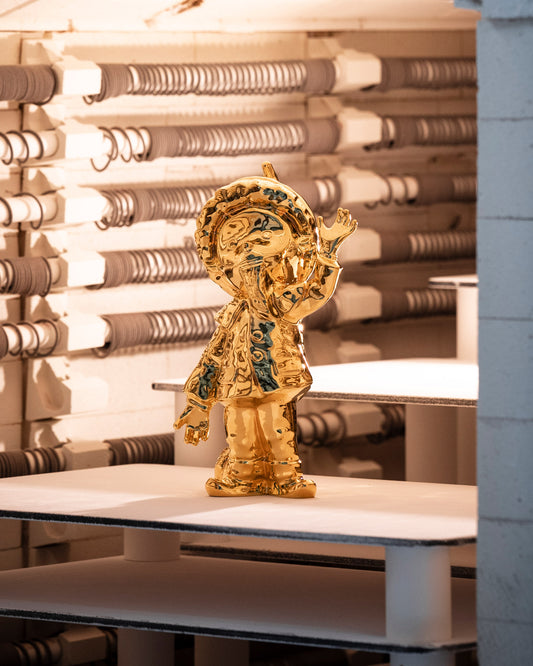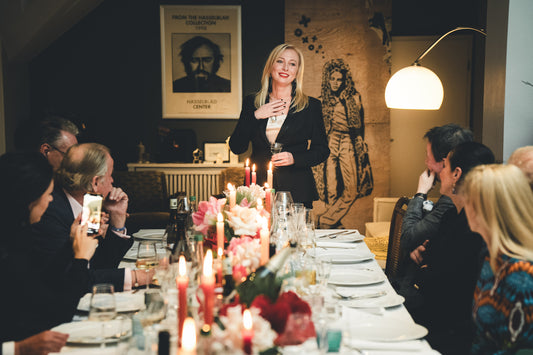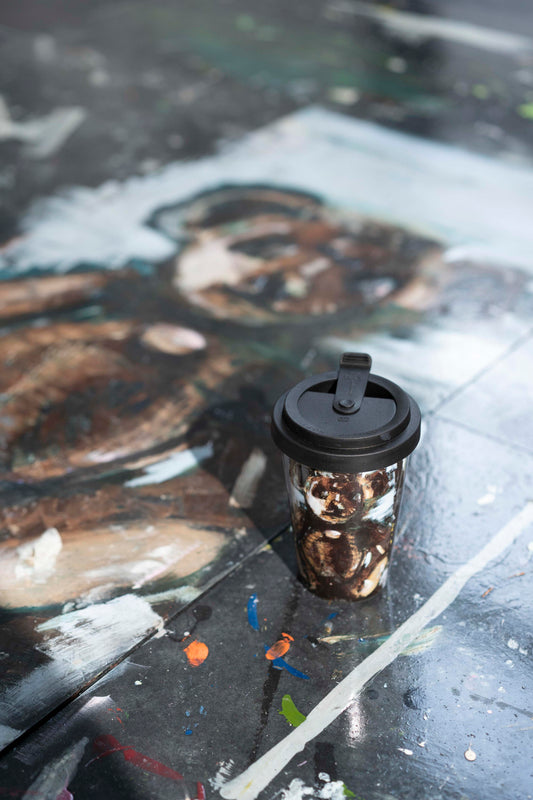WHERE DOES THE FIDIBUS VASE GET ITS NAME?
If you first think of hocus-pocus when you hear the name of the striking vase, you're not wrong. Because Fidibuses have something to do with fire and for a long time that was considered a miracle or witchcraft. A look at the time when the vase was created explains exactly how the vessel got its name.
A brilliant idea
Perhaps Karl Friedrich Schinkel , one of the most influential architects of Prussian classicism , found the inspiration for the vase while sitting in front of the fireplace on a cool winter evening and letting his eyes wander. A Fidibus is a long piece of wood that was used to light the fireplace. In French they said fil de bois - and Fidibus could be the Germanized version of it.
In any case, these wooden sticks were stored in functional containers whose wide rims made it easier to fan out the chips and thus remove them. It is precisely their shape that Schinkel transferred to the vase design in 1820 . The FIDIBUS vase shows the clear design language and the departure from the sweeping curves of the Baroque . Schinkel subsequently created an unparalleled treasure trove of models for the Royal Porcelain Manufactory in Berlin, which shaped the style of the time and which has lost none of its importance to this day.
The Fidibus vases
The Fidibus vessels have been an integral part of the KPM vase collection ever since. In three different sizes from 10 to 20 cm high, they can be used to showcase both small bouquets and long-stemmed bouquets such as roses or tulips. Or you can forego the floral decor entirely and simply enjoy the perfect shape.
For the 200th anniversary of the vase, KPM chief designer Thomas Wenzel came up with something very special. The platinum lamp FIDIBUS takes up various aspects of the time it was created and the manufacturing process. On the one hand, there is the element of fire that provides warmth and light, which finds a contemporary translation through the design of a lamp. The negative form tells something about the individual work steps that are necessary to produce a piece of the KPM.
The base of the lamp is reminiscent of a plaster cast of the FIDIBUS vase. Noble shiny platinum and an elegant fabric shade underline the sculptural character of the design centerpiece , which you can be enchanted by in the future - without any hocus-pocus.


